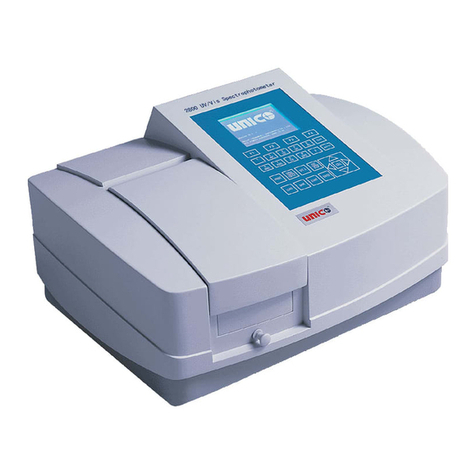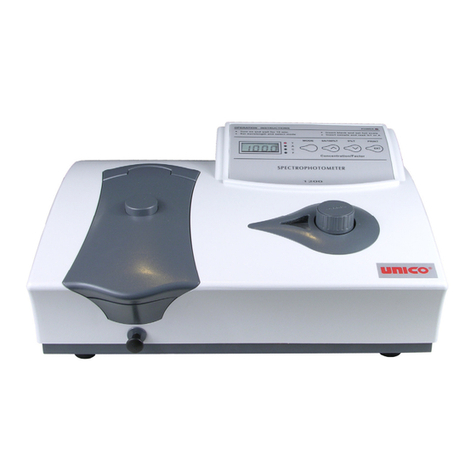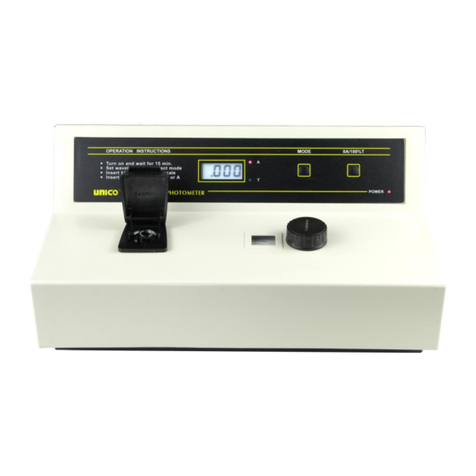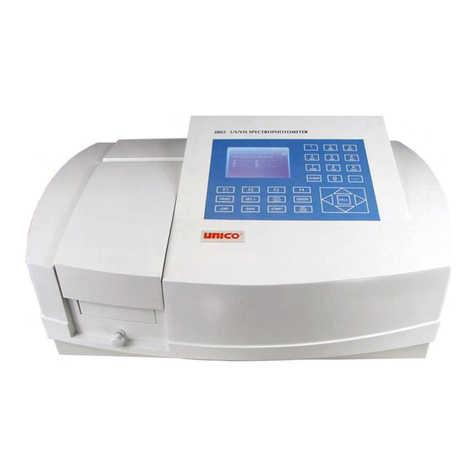
2
TABLE OF CONTENTS
General information……………………………………………………………… 3
Safety………………………….........................................................……… 3
Electrical………………………………………………………………........ 3
Warning…………………………………………………………………….. 3
Performance………………………………………………………………… 4
Radio Interference………………………………………………………….. 4
Introduction…........................................................................……………… 4
Working Principle.......................................................................…………… 4
Unpacking Instructions.....................................................………………….. 5
Specifications….............................................................................................. 5
Installation.............................................................................…….................. 5
Operational Panel....................................................................……................ 7
Description of Keys....................................................................……............ 7
Operation Instruction............................................................……………................... 8
Spectrophotometer Initialization ......................................................................... 8
BASIC MODE-%T/Abs Measure...............................................……………. 11
Quantitative Test.......................................................................……………… 14
Define/Establish Test Method……………………………………….. 15
By Standards………………………………………………… 15
By Known Factors…………………………………………… 23
Run Tests ……………………………………………………………. 28
System Setup…………………………………………………………………….. 31
Edit clock …………………………………………………………… 31
Dark Current………………………………………………………….. 33
WL Calibration ……………………………………………………….. 34
Language ……………………………………………………………… 36
WL Correction………………………………………………………… 36
Firmware Version …………………………………………………….. 36
Lamp Service ………………………………………………….…….... 36
PC LINK………………………………………………………………………. 37
Wavelength Calibration…………….……………………………….……………….. 37
Holmium Oxide Filter Method………………………………………………… 37
Didymium Filter Method……………………………………………………… 38
Absorbance Accuracy Checks………………………………………………… 39
Stray Light Check……………………………………………………………… 39
Trouble Shooting………………………………………………………….................. 41
Error Code Definitions……………………………………………………………… 42
































